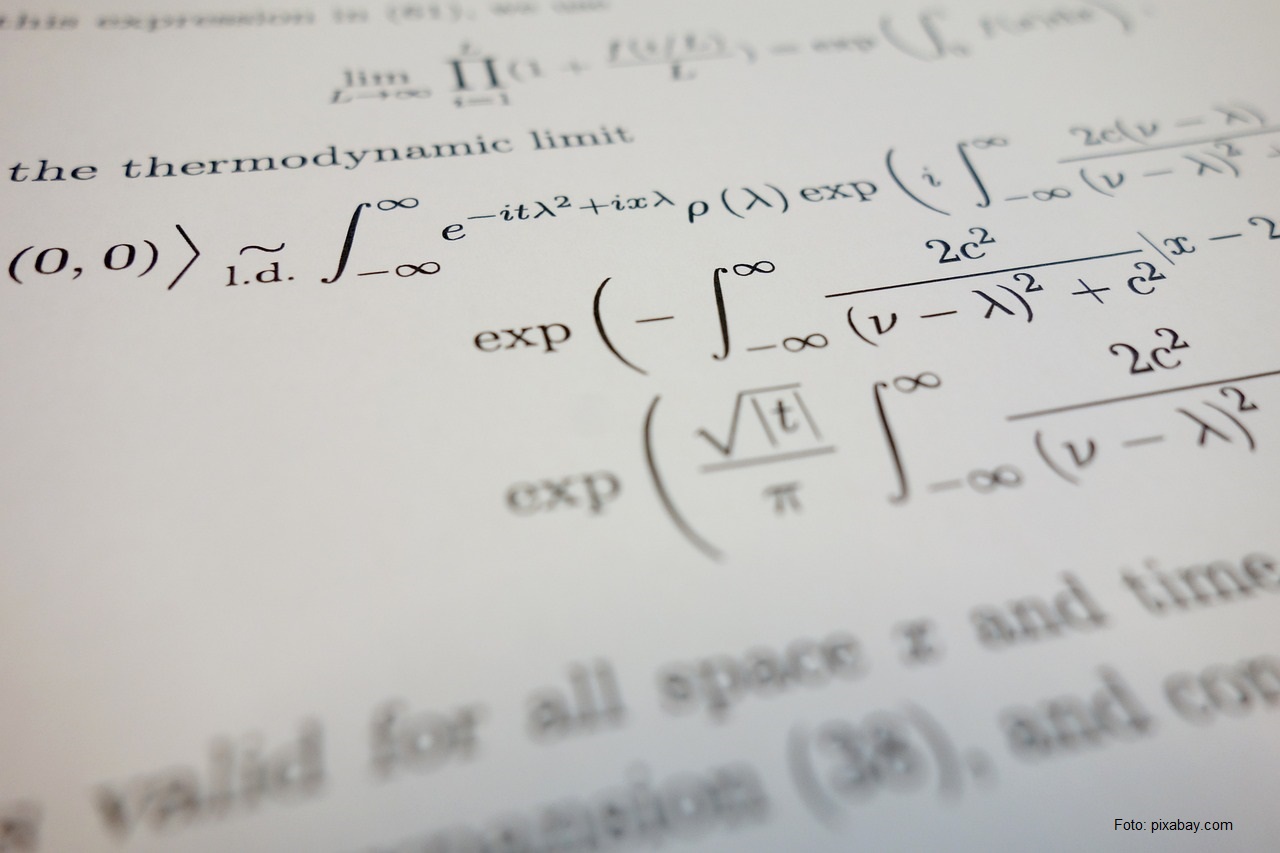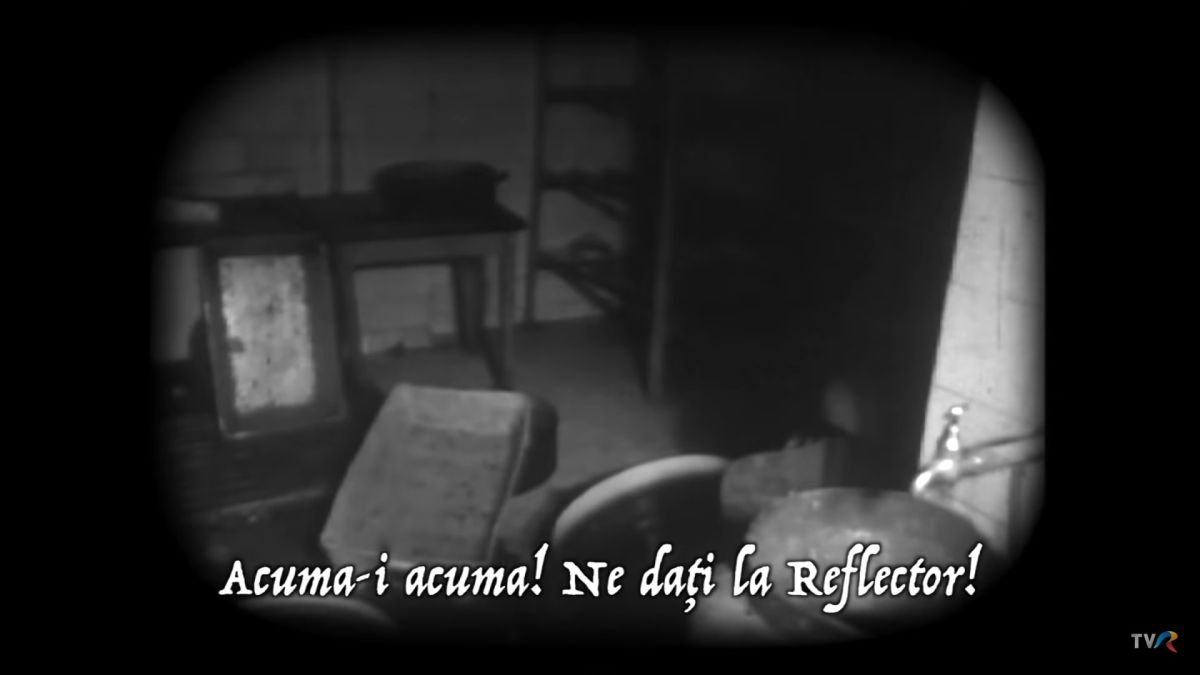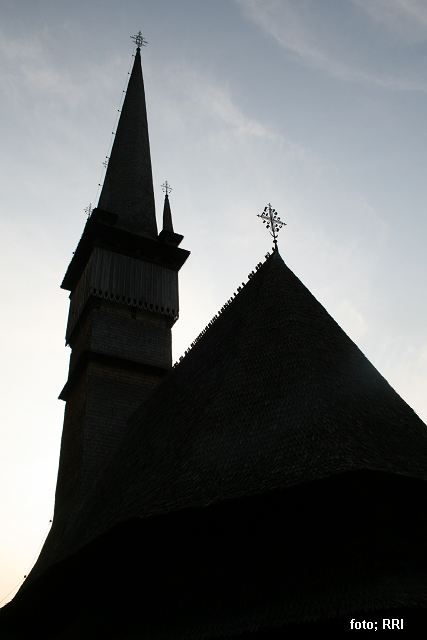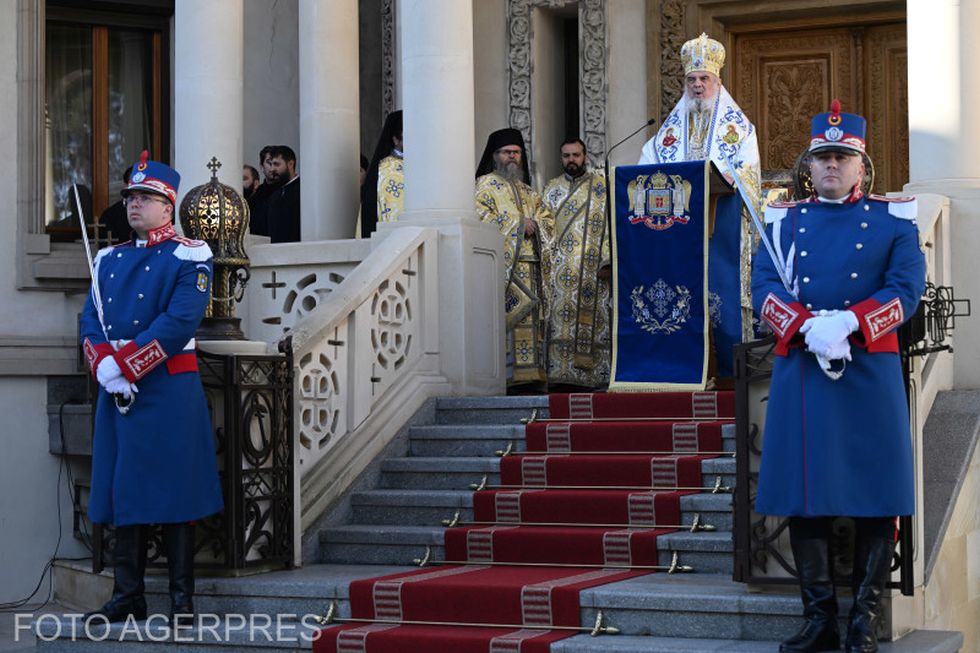The Mathematics Journal
“Gazeta Matematica” is the Romanian magazine with the longest uninterrupted publication

Steliu Lambru, 16.12.2024, 13:16
In its almost 250-year long history, the Romanian print media records the longest uninterrupted publication of a magazine: “Gazeta Matematica” (The Mathematics Journal), a specialised magazine for mathematics lovers, published in 1895 in Bucharest at the initiative of a group of mathematicians and engineers. The five founders were the engineers Victor Balaban, Vasile Cristescu, Ion Ionescu, Mihail Roco and Ioan Zottu. After Balaban’s untimely death, the mathematician Constanța Pompilian was co-opted into the group. Soon, the original group broadened to include the engineers Tancred Constantinescu, Emanoil Davidescu, Mauriciu Kinbaum and Nicolae Niculescu and the mathematicians Andrei Ioachimescu and Gheorghe Țițeica.
In the 129 years of continuous publication, “Gazeta Matematica” was the platform for Romania’s best mathematicians, researchers, teachers, engineers, economists, students and other lovers of the field to express themselves. The magazine also features the work of foreign mathematicians. “Gazeta Matematica” educated generations of enthusiasts and organised competitions for them. At first, the magazine was published in 16 pages, with a circulation of 144 copies, which were sold on subscriptions. Then, the number of buyers increased, with the highest circulation recorded in the 1980s, when an issue was published in 120,000 copies.
With such a tradition, “Gazeta Matematica” is also a source for research into the development of education in Romania. The mathematician and writer Bogdan Suceavă cites the wealth of information that “Gazeta” provides in this regard:
Bogdan Suceavă: “The fact that there is a database with a lot of problems, spanning 129 years, means that one can look at various historical layers, at various ways of thinking about education, and of finding problems suitable for a certain age range. These models are in the Gazeta. For more than a century, there have been enough examples, enough strategies have been tried, and an interesting population sample has been seen to respond to them. The fact that we have so many examples, so many ways of thinking about the Gazeta enables us to see how this experience is of interest in a broader context.”
Over its long history that carries on today, the “Gazeta Matematica” has had high standards and has constantly encouraged creative thinking. Bogdan Suceavă recalls such an episode of original thinking:
Bogdan Suceavă: “An interesting case was Sebastian Kaufman, who forgot some trigonometry formulas during an oral exam. He was criticised, he couldn’t het away with it. No problem, Kaufman learned trigonometry and ended up doing research using techniques that have to do with the polar coordinate system. His work was published just months before Romania entered World War I. What was his paper about? Just as we have the power of a point with respect to a circle, a concept introduced by Jakob Steiner in 1826, we can have the power of a point with respect to a plane algebraic curve. He proposed to write it in polar coordinates and see what happens. It was an extraordinary paper, written by a remarkable high school student. This was the Gazeta environment. He prepared for the competition, for the Gazeta contest, he met with evaluators, he was far from perfect. He was criticised and felt compelled to improve, and out of this environment something creative emerged. The same Kaufman problem was later on studied after World War II, and I don’t think we can find anything else published about this before 1956. The fact that a high school student was doing something like this in Bucharest is quite remarkable.”
“Gazeta Matematica” is also linked to the emergence of the influential International Mathematical Olympiad. Romania has participated in all editions so far and has won 78 gold medals, 146 silver, 45 bronze medals and 6 honourable mentions, thus ranking 6th in the all-time ranking. Romania hosted 6 editions, in 1959, 1960, 1969, 1978, 1999 and 2018. Bogdan Suceavă:
Bogdan Suceavă: “The idea of the International Olympiads came from the Romanian Society of Mathematical and Physical Sciences, the talks took place between 1956 and 1959. The first edition was in ’59. At that time, the president of the Society was Grigore Moisil, with Caius Iacob and Nicolae Teodorescu as vice-presidents. From a political point of view, it was not easy to organise an international event at that time, there were multiple constraints. The first of them was to obtain all the necessary approvals. The second was that of international contacts and the level of prestige required in order to start an international project of such magnitude. They used the Gazeta contest as a model and if we compare the format, this was the initial pattern: there were not many problems to solve in a very short time, but rather problems that required a lot of thinking time, about an hour and a half per problem. This was the initial concept and it was very similar to what had been attempted before World War I in Romania. The proponents of the idea felt that the Gazeta model could be of international interest. This is worth noting, compared with other competitions that existed at the time.”
“Gazeta Matematica” is the benchmark publication of Romanian mathematicians, of the Romanian school of mathematics. There is mathematics, but there is also education, there is also history, there is also collective mentality, there is also generational change. And, above all, it is a tradition that carries on. (AMP)






























